Do you know that 30,000+ flights are done every day over Europe? This is an amazing example of how air travels have become a part of our daily life. Active business dictates its rules and makes people travel around the globe. Today overcoming huge distances isn’t an issue anymore – large comfortable airbuses turn your trip into a very pleasant experience, even if your flight lasts more than 8 hours. A friendly crew takes care of you during the flight, so there is nothing to worry about. Or is there anything you should think about in advance? I’d like to share my experience on how to prepare to long transatlantic flights.
- Food on board
- Personal hygiene on a board
- Clothes and personal hygiene
- Cosmetics
- Water on board
- Entertainment
Food on board
Before taking your long-distance flight, check out what is exactly included in your ticket price. You’ll be offered food at any transatlantic flight whatever class you have bought. Some airlines offer you a menu to choose meals you like, but sometimes food will be the same for everybody – I’m not talking about business class travellers who have better choice and options. Some airlines even have a chef on board who can cook an incredibly delicious dish for you. Oh! That’s extra!
Even if your ticket price includes food and you have an option to choose, don’t expect to get a-la-carte meals and large portions. All you get is a small disposable tray with some food, so you could hardly eat a bellyful. In addition, almost all airlines serve semi-finished products which sometimes are frozen and defrosted several times. So it’s better to take some extra food with you. At best, you’ll not eat it and bring it to your point of destination or home. Otherwise you’ll have a good snack and won’t starve in case your flight is delayed or cancelled. It might be especially helpful when you transfer to another plane and have no time to eat or buy food at the airport. Once after a long 3.5-hour flight, which was delayed, we had to run as quickly as we could to get our next flight departing in 20 minutes. No food was served at the first flight and we were very hungry, so snacks we took helped us out. What is a good snack? There could be nuts, dried fruits, cookies, or sandwiches with cheese or other products that do not perish quickly. You may also take some fruits to stay your hunger: bananas, apples, or tangerines. Black chocolate helps you to relieve tension and headache caused by pressure drops.
Personal hygiene on a board
It’s an open secret – the aircraft cabin isn’t cleaned thoroughly during the service. Strong contaminants and stains may be removed at most. More polluted surfaces than airplane tables and seats could hardly be imagined. That’s why clean your hands during the flight, especially before eating, very carefully. Take wet wipes and disinfectants to keep your hands clean. Don’t touch your face and eyes too often. Don’t walk in the cabin barefoot – floors are never vacuum-cleaned.
Clothes and personal hygiene
Everything can happen during a flight, and it’s better to be ready for any situation. For example, your luggage flew away without you or was left in the airport when you are crossing the ocean. If you don’t want to be caught by such situation unawares, take everything you need during the day in your large cabin bag. For example, take pills and personal care items for a few days. In addition, make sure you take on your most comfortable clothing in which you feel relaxed if you’d like to lie on adjacent seats, if they are free. It’s better to take off your shoes immediately after getting on board to avoid swelling.
At many transatlantic flights you will be offered disposable earplugs and a sleeping mask, but it’s better to have your own. If you get to sleep on board, that’s would be the best thing you can give to your body during the flight. Don’t forget to take your pillow under your neck – pillows available on board are usually reusable and may be rich in bacteria.
Cosmetics
Air is overdried in the aircraft cabin because it constantly circulates through the same channels. Be ready for severe dehydration of the skin, nose and mouth. Don’t forget to take a small face spray or thermal water, moisturizing eye drops and hand cream. This will help you to prevent your skin from severe drying. But keep in mind that the volume of liquid you may take in your cabin bag is up to 100 ml. You can take up to 10 bottles, up to 100 ml each, so the total volume of liquid you take on board does not exceed 1 l. If you take, for example, a 200 ml bottle you’ll have to leave it at security control. I saw many times when women had to leave their shampoos and shower gels in large bottles.
Water on board
Your body is exposed to dehydration too. Try to drink as much liquid as possible during your flight. Alcohol is not recommended because it removes water from your body, which, in turn, increases the stress for your body. Water is available from flight attendants on board at no cost all the time during the entire flight except for taking-off, landing and when the indicator “fasten seat belts” is on meaning that you must sit on your seat.
Entertainment
A transatlantic flight takes at least 8 hours, so think in advance what you’ll be doing during the flight. There is a display in a back of the chair in front of you so you can watch films or play games to kill the time but it’s better to find other options – take a book, your favourite game, a colouring book or your laptop – anything that helps you to spend quality time.
And, finally, there is one more important thing – your good mood and positive thinking will certainly help you to cope with a long-range journey. Enjoy your flight!

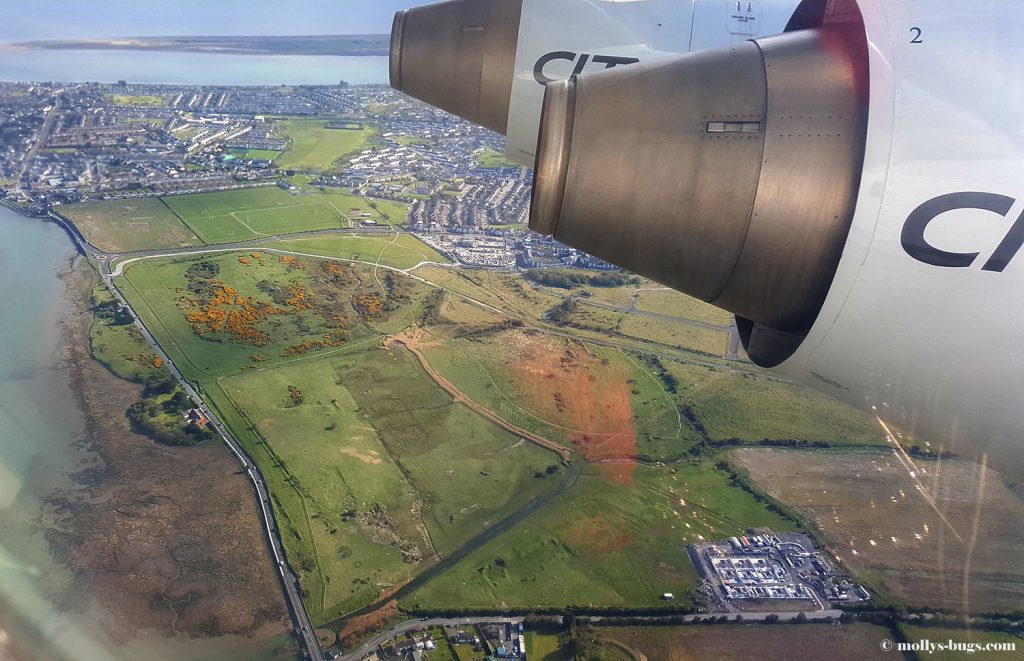
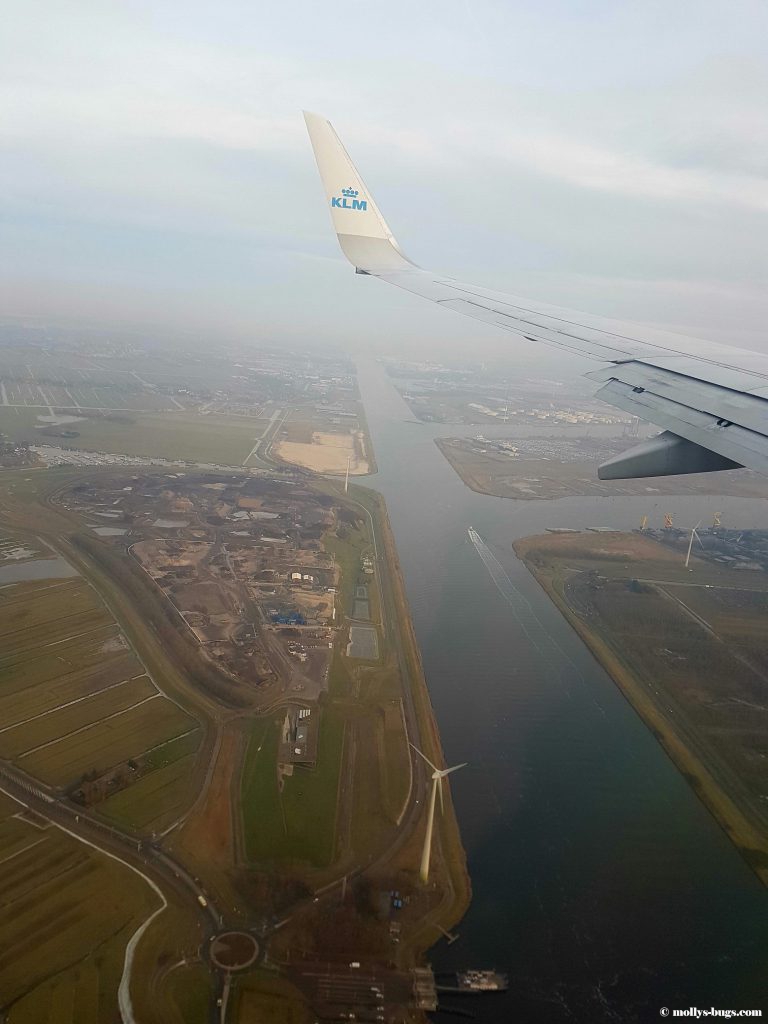
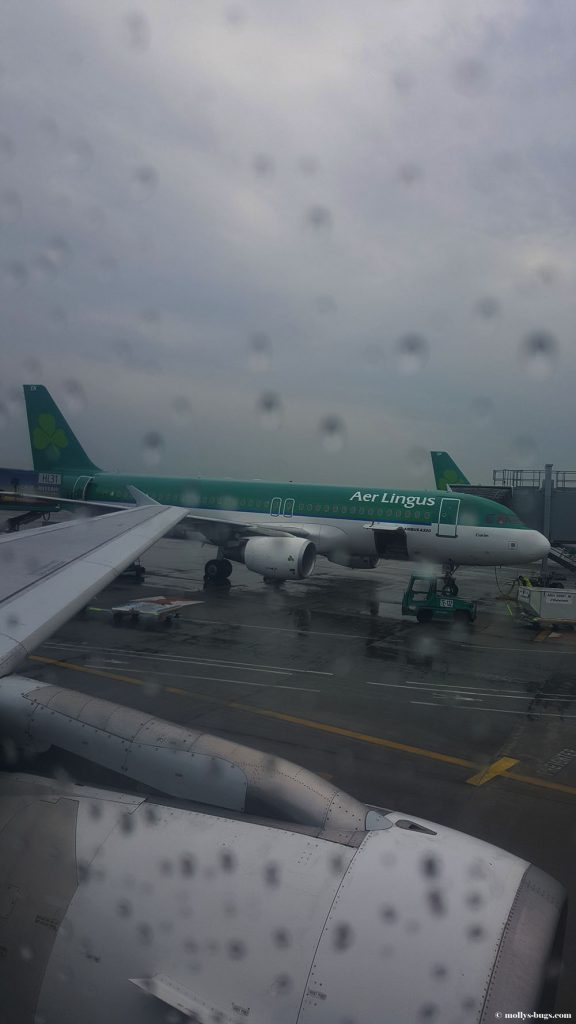
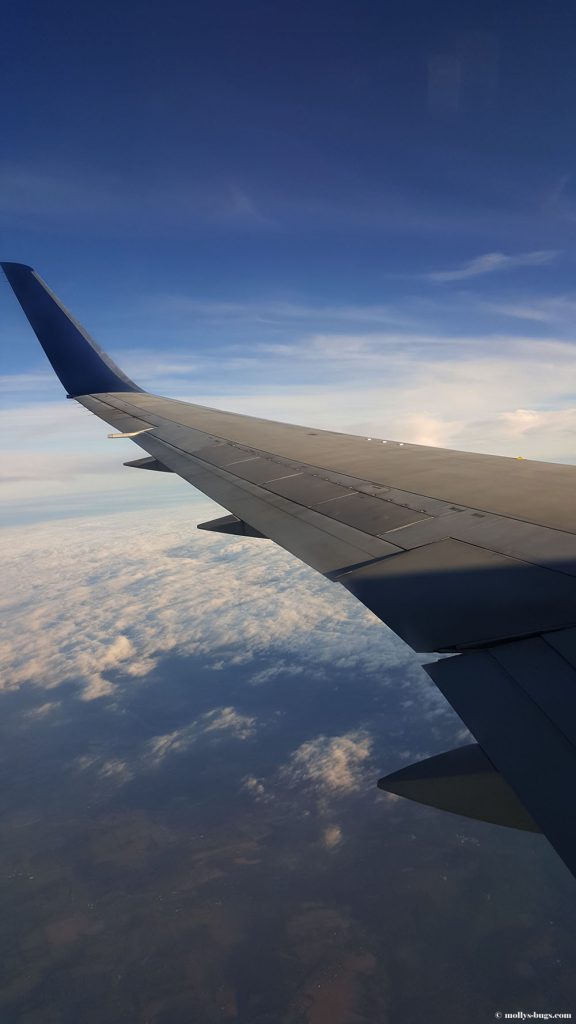
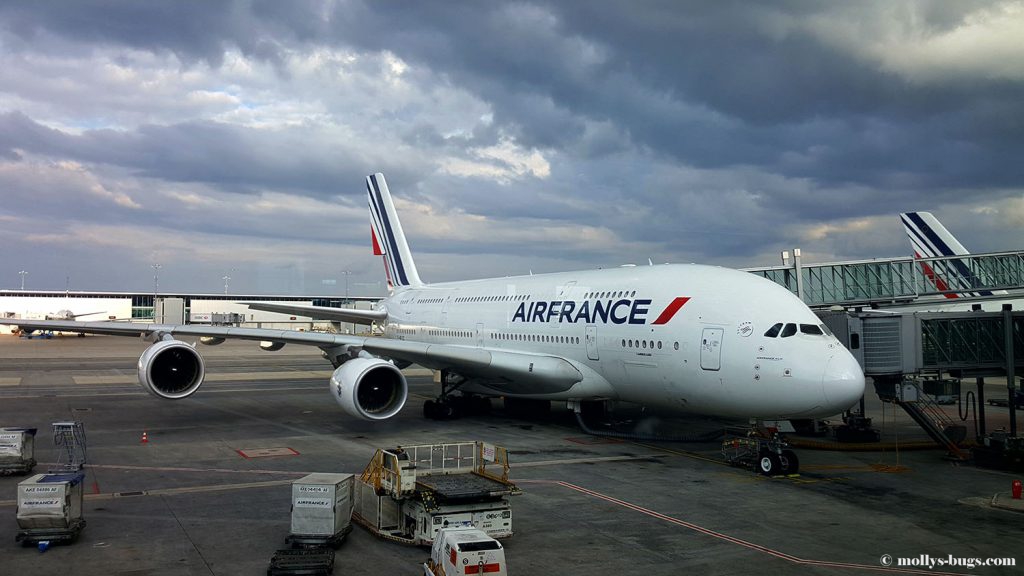
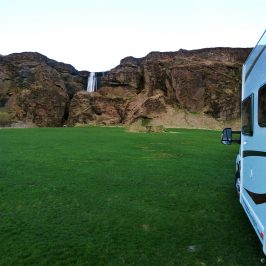
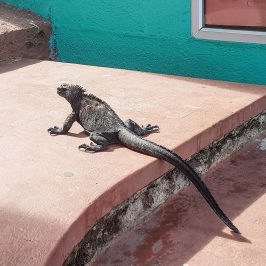
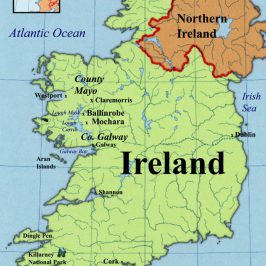
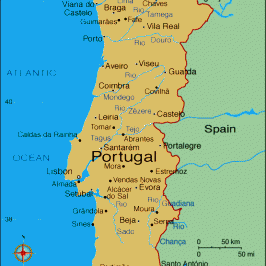
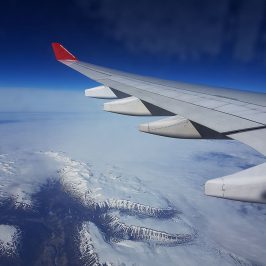
Leave a Reply